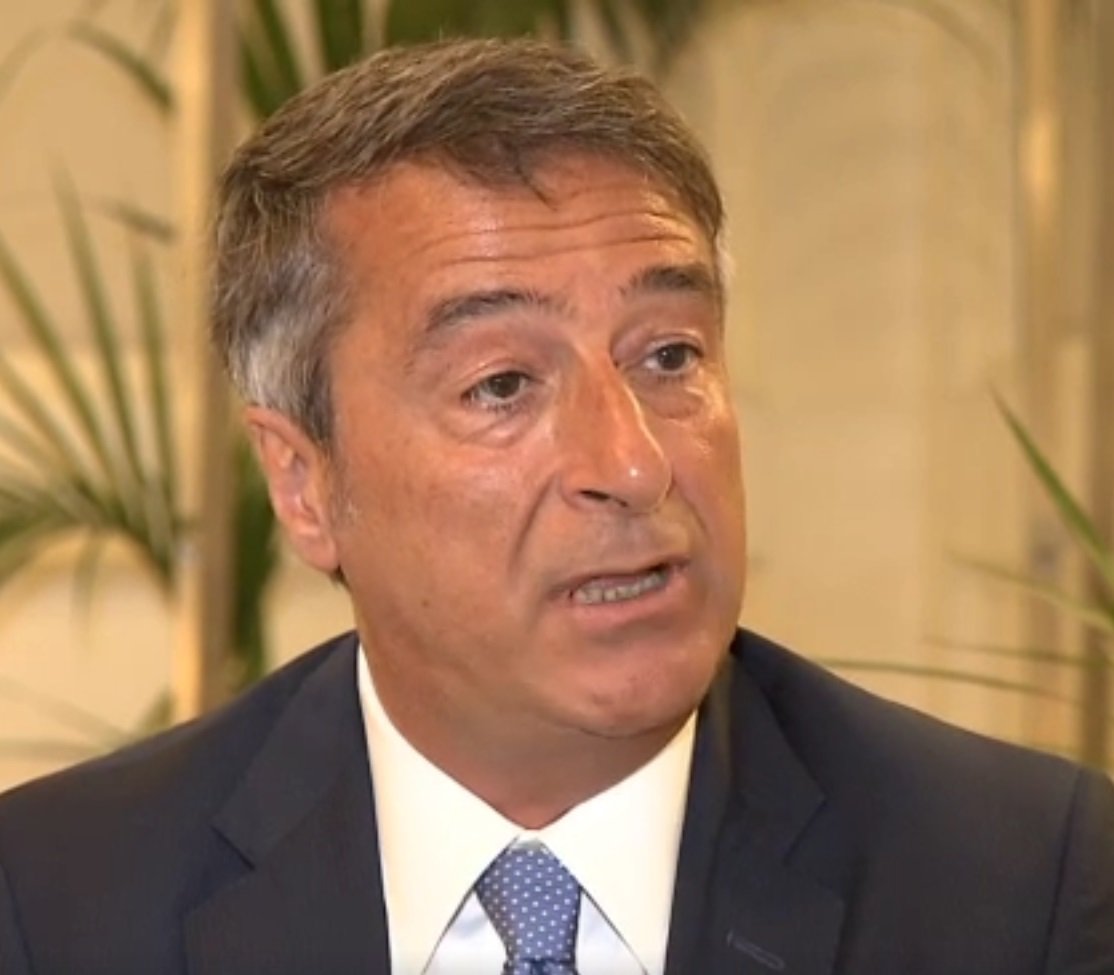In early March, the Italian government imposed a tough national lockdown after Italy became the first western democracy to suffer an outbreak of the novel coronavirus. Rules were strictly enforced in the country, where Covid-19 has now claimed the lives of at least 32,000 people.
Italy then charted a slow and careful route out of the shutdown. But on May 12th, the country changed course. The government announced that restrictions would be rolled back further and faster than previously planned, with restaurants, bars, and most shops allowed to reopen from May 18th. Tourism is now set to restart, with interregional and some international travel to be allowed as soon as June 3rd.
READ ALSO:
According to Dr Nino Cartabellotta, a leading Italian public health expert, professor, and president of the Gruppo Italiano per la Medicina Basata sulle Evidenze (GIMBE), Italy's Group for Evidence-based Medicine, government decisions on reopening “have placed the country's economic interests ahead of health protection.”
“From May 18th almost everything has reopened, but without certainty that the curve of contagion won't rise again,” he said in an interview with The Local.
“Our government set dates for reopening ignoring the fact that the effects of previous measures can only be seen after two weeks,” he explained.
Italy's prime minister had announced a staged reopening over a number of weeks under the current “phase two” of lockdown.
The government later pushed these reopening dates forward, and Cartabellotta said that this had been done without being able to see the “impact of loosening lockdown on the contagion curve.”
“The consequences of reopening activities on May 4th can be assessed only starting from May 18th. And those of May 18th will be visible no earlier than June 1st.”
“However, from June 3rd, the date on which we’ll begin to glimpse the impact of the reopening of May 18th on the epidemic curve, the green light for interregional travel and reopening of borders will have allowed the free circulation of infected people throughout the country.”

Dr. Nino Cartabellotta. Photo. GIMBE Press Office
And Cartabellotta says Italy doesn't yet have adequate systems in place for data monitoring, or testing and tracing.
“We're facing phase two with blunt weapons and without any technological and organizational infrastructure,” he said.
He pointed out that the planned launch of the “Immuni” app, intended to help trace infections, has been stalled “due to the many controversies related to data security and privacy.”
There are also issues with many regions' testing and tracing systems, he said.
Italy's system of reporting official data on the coronavirus outbreak is decentralised, with each of the 20 regional authorities required to send their local data to the national health ministry.
“Italian regions, with a few exceptions, have a very limited propensity for testing and tracing: that is, they carry out too few swabs to identify asymptomatic subjects and trace their contacts,” Cartabellotta explained.
“In this context, the new decree of May 16th entrusted the responsibility for epidemiological monitoring and consequent actions entirely to the region,”
“This means it is in fact up to each region to monitor the epidemiological situation in its own area, to evaluate the adequacy conditions of its own health system and to introduce wider or more restrictive measures on its activities.”
READ ALSO:
Italy's requirements for reopening were also less stringent than those at the Chinese epicentre of the outbreak, he explained.
“In Wuhan, to decide to reopen, they waited for the daily percentage increase in new cases to drop to 0.1 percent. In Italy we settled for 0.6 percent, with considerable variability between regions,” he said.
Authorities in Italy's northern regions, where much of the country's economic activity is concentrated, were among the keenest to reopen – but these areas are also at the highest risk.
Cartabellotta explained: “On May 4, the first day of the lockdown loosening, 80 percent of new cases concentrated precisely in the regions where most of the people returned to work: Lombardy, Piedmont, Emilia Romagna, Veneto and Liguria.”


 Please whitelist us to continue reading.
Please whitelist us to continue reading.
Member comments